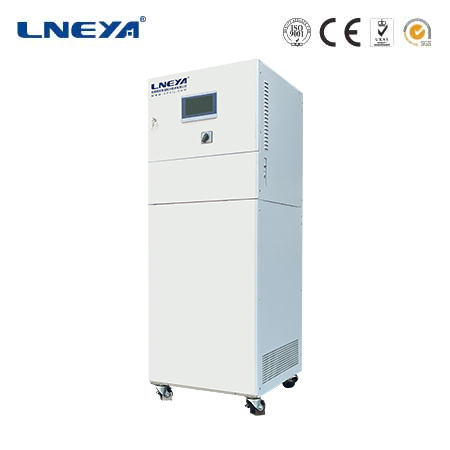electric heating cooling system
Electric Heating and Cooling Systems: Efficient and Environmentally Friendly Solutions
Electric heating and cooling systems are gaining popularity due to their ability to provide precise temperature control with minimal environmental impact. These systems use electricity as the primary energy source, offering a viable alternative to traditional fossil fuel-based heating and cooling methods. They are particularly beneficial in areas with access to renewable energy sources or where the electricity grid is decarbonizing.

Principles of Electric Heating and Cooling Systems
The operation of electric heating and cooling systems is based on well-established thermodynamic principles. For heating, systems like heat pumps use electricity to move heat from a colder space to a warmer one, while electric resistance heaters generate heat directly through the passage of electric current. Cooling is achieved by transferring heat from the interior to the exterior, either through refrigeration cycles in air conditioners or by using thermoelectric cooling devices that leverage the Peltier effect.
Types of Electric Heating and Cooling Systems
Heat Pumps: These are highly efficient systems that can provide both heating and cooling. They work by transferring heat from the outside air, ground, or water to the inside during heating and reversing the process for cooling.
Electric Furnaces: These systems use electric resistance to generate heat. They are straightforward and easy to install but are less energy-efficient than heat pumps.

Air Conditioners: Many electric air conditioners operate on a vapor compression cycle, similar to heat pumps, but are designed primarily for cooling.
Thermoelectric Coolers: These use the Peltier effect to create a温差 for cooling small spaces or electronic devices.
Components of Electric Heating and Cooling Systems
The main components of these systems include:
Compressor: Used in heat pumps and air conditioners to compress refrigerant gases.
Evaporator: Where the refrigerant absorbs heat, providing cooling.
Condenser: Releases heat to the external environment.
Expansion Valve: Regulates the flow of refrigerant, controlling the cooling and heating cycles.
Heat Exchanger: Transfers heat between the refrigerant and the air or water being heated or cooled.
Benefits of Electric Heating and Cooling Systems
Energy Efficiency: Electric systems, particularly heat pumps, offer high efficiency, with some models providing up to 500% efficiency in heating mode.
Environmental Impact: By using electricity, which can be sourced from renewables, these systems can significantly reduce carbon emissions compared to fossil fuel-based systems.
Versatility: Suitable for various applications, from residential heating and cooling to industrial processes.

Control and Automation: Electric systems can be easily integrated with smart controls and automation, providing precise temperature management.
Market Trends in Electric Heating and Cooling Systems
The market for electric heating and cooling systems is growing due to increasing awareness of energy efficiency and environmental concerns. Innovations in heat pump technology, improvements in thermoelectric materials, and the development of smart controls are driving this growth. Additionally, the push for decarbonization in the building sector is making electric systems an attractive option for new construction and retrofit projects.
Energy Efficiency and Environmental Impact
Electric heating and cooling systems are being optimized for greater energy efficiency through advancements in materials, system design, and control technologies. Heat pumps, in particular, are being recognized for their potential to reduce greenhouse gas emissions significantly.
In conclusion, electric heating and cooling systems offer a viable and efficient solution for temperature control in various settings. As technology advances and the electricity grid becomes greener, these systems will play a crucial role in achieving sustainable and comfortable indoor environments with minimal environmental impact.
Related recommendations
industrial chilled water system
63What are Industrial Chilled Water Systems? Industrial chilled water systems are cooling systems designed to circulate chilled water through industrial processes or equipment to absorb and dissi...
View detailsliquid chillers portable units
191Introduction to Portable Liquid Chillers Portable liquid chillers are compact, movable units that remove heat from a liquid through a cycle of compression, condensation, and evaporation . These...
View detailscompact cooling unit
199Compact Cooling Units: Efficient Temperature Control for Space-Constrained Environments Compact cooling units offer a practical solution for cooling in environments where space is at a premium....
View detailsthe difference between air & water cooled chiller
287The Difference Between Air-Cooled and Water-Cooled Chillers Industrial processes often generate significant amounts of heat, necessitating the use of cooling systems to maintain optimal operati...
View details
 LNEYA Thermal Test Chillers
LNEYA Thermal Test Chillers







HelloPlease log in